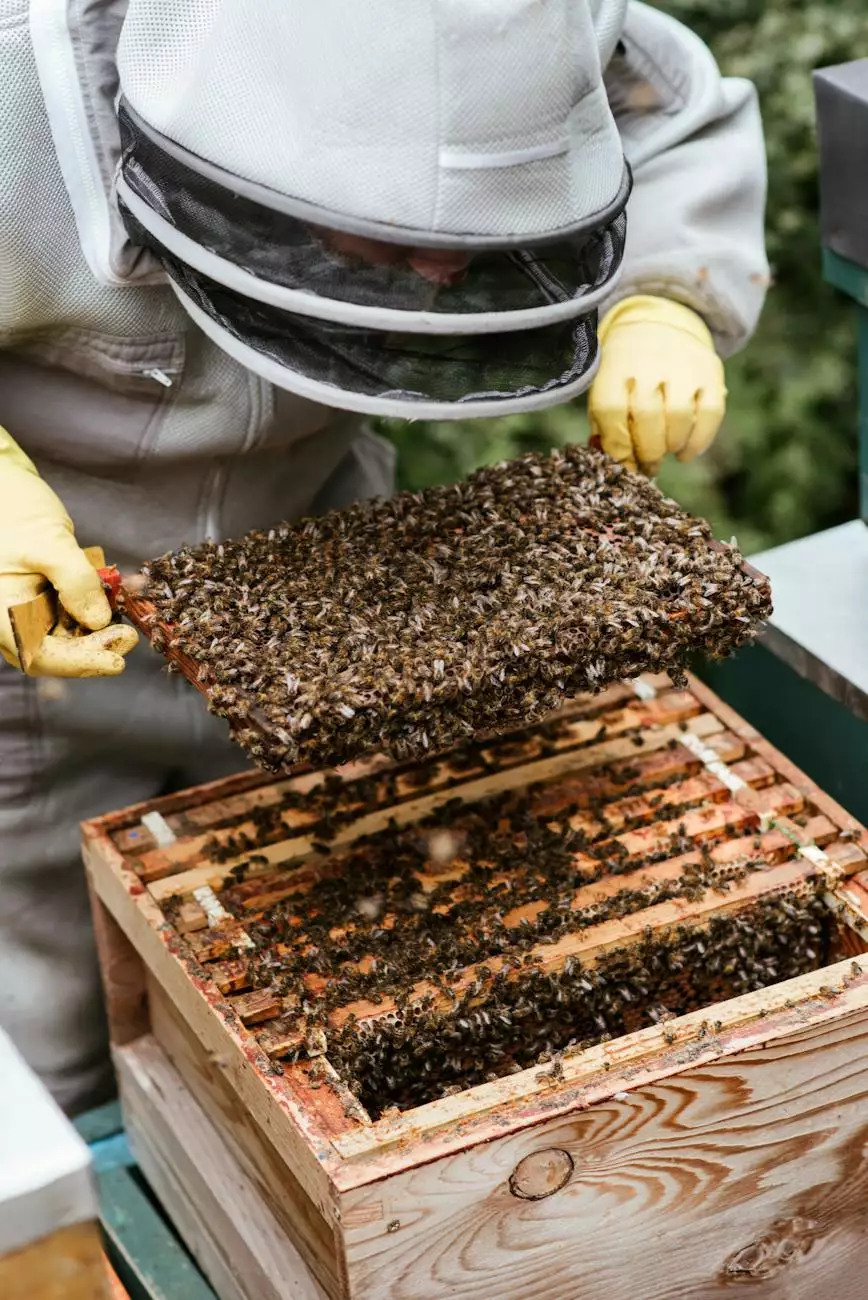What are Mole Crickets?

When it comes to maintaining a healthy and vibrant lawn, it's important to be aware of the various pests and insects that can pose a threat to its well-being. One such pest that often wreaks havoc on lawns is the mole cricket. In this comprehensive guide, we will delve into the world of mole crickets, exploring their behavior, the damage they can cause, and effective methods for controlling them to ensure a beautiful lawn.
The Behavior of Mole Crickets
Mole crickets are burrowing insects that belong to the family Gryllotalpidae. These creatures are known for their subterranean lifestyle, spending most of their time tunneling through soil in search of food and mates. Mole crickets possess powerful front legs that are adapted for digging and tunneling, which allows them to quickly move through the earth.
Typically measuring around 1 to 2 inches in length, mole crickets exhibit a dark brown or grayish coloration, blending well with soil and making them difficult to spot. They have large, rounded heads with long, thread-like antennae, and their hind legs are well-suited for jumping. While they resemble ordinary crickets, their behavior sets them apart.
The Damage Caused by Mole Crickets
Mole crickets can cause significant damage to lawns and landscaped areas. As they tunnel beneath the soil's surface, they create extensive networks of burrows and tunnels. These tunnels can loosen the soil and uproot grass roots, leading to patches of dead or dying grass. The creation of mole cricket tunnels can also disrupt the evenness of the ground, creating bumps and depressions across the lawn.
Furthermore, mole crickets are omnivorous pests, feeding on a range of organic matter, including grass roots, plants, seeds, and even other insects. Their feeding activity can weaken the overall health of the lawn, making it more susceptible to disease and further damage from other pests.
Methods for Controlling Mole Crickets
Controlling mole crickets requires a multi-faceted approach that aims to disrupt their lifecycle and reduce their population. Florida Potting Soil Wood Products Div offers a variety of effective methods and products for tackling mole cricket infestations.
1. Cultural Control
Cultural control practices involve modifying lawn maintenance techniques to discourage mole crickets. This can include regular mowing at the appropriate height, proper irrigation practices, and a balanced fertilization regimen.
2. Biological Control
Biological control methods utilize natural enemies of mole crickets to help reduce their population. For example, certain species of parasitic wasps and nematodes are known to parasitize mole cricket eggs and larvae, effectively limiting their numbers.
3. Chemical Control
In cases where mole cricket populations are particularly high or other control methods have proven ineffective, chemical control options can be employed. Florida Potting Soil Wood Products Div offers a range of safe and effective insecticides specifically formulated for mole cricket control. These products should be used according to label instructions to minimize any potential risks to humans, pets, and the environment.
Conclusion
Mole crickets pose a significant threat to the health and appearance of your lawn. By understanding their behavior, the damage they can cause, and implementing appropriate control methods, you can ensure the longevity and vitality of your lawn. Take advantage of the expert assistance and high-quality products offered by Florida Potting Soil Wood Products Div to effectively combat mole cricket infestations and maintain a beautiful outdoor space.




